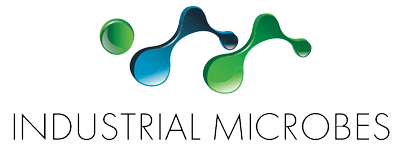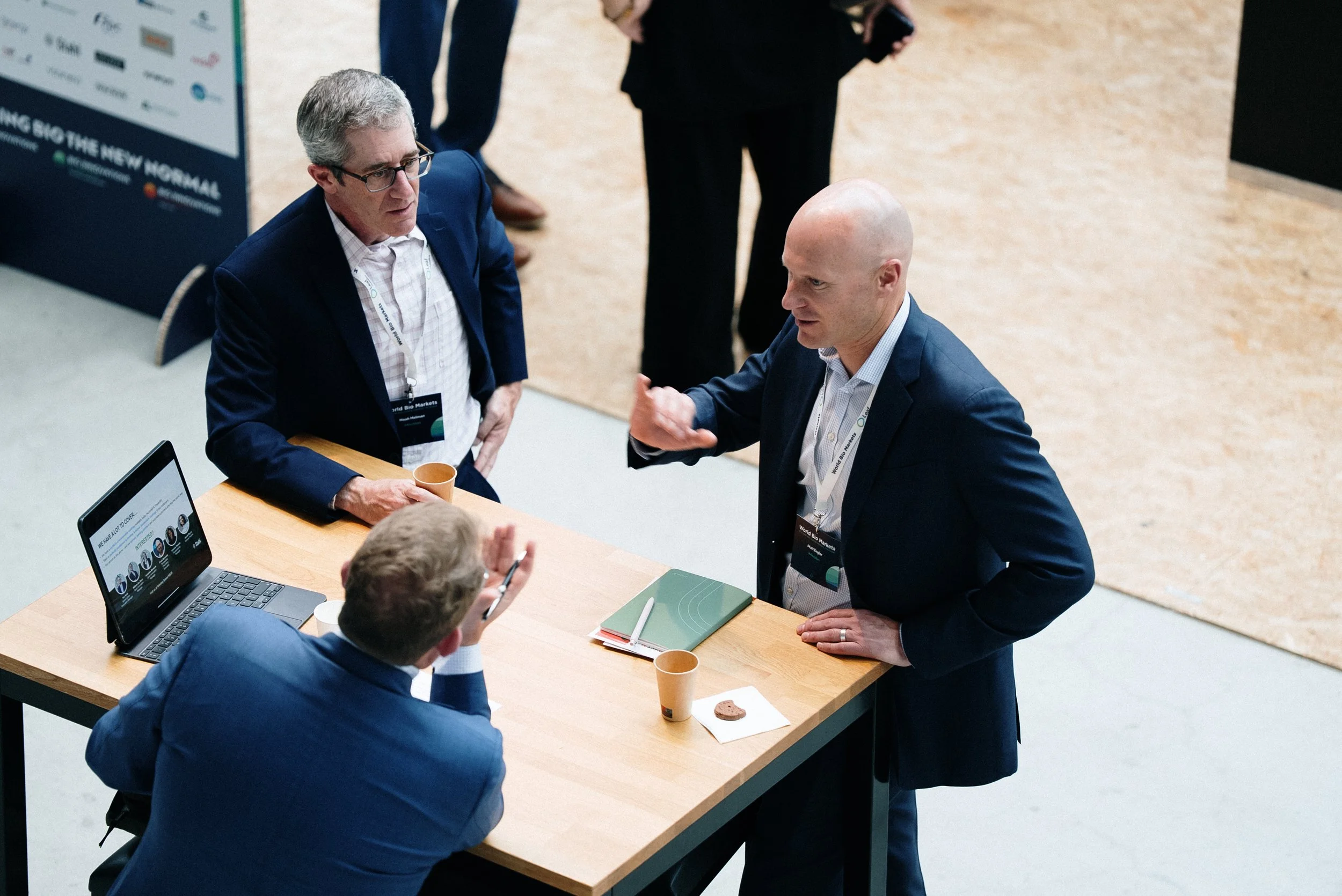What it takes to commercialize bio-based solutions today
Credit: WBM
Everyone in the bioeconomy wants the same thing: sustainable products that match or beat fossil-based ones on performance and cost.
But very few get there.
At iMicrobes, we’ve spent years asking a simple question: How can we change our strategy in the design phase to minimize the cost of production in the commercialization phase?
In this recent World Bio Markets talk in The Hague, our CEO, Noah Helman, and VP of Business Development Matt Engler walk through how we’re building a biomanufacturing process that’s not just sustainable, but more efficient and more cost-competitive.
Why biomanufacturing works, and why it often fails
Biomanufacturing has clear advantages. It enables drop-in chemical alternatives, operates at modest temperatures, and is easy to electrify, contributing to a lower carbon footprint from the outset.
But in practice, many bio-based efforts falter when faced with the economics of scale.
The common mistake? Trying to optimize cost after the biological pathway has been chosen.
At iMicrobes, we take a different approach: we treat cost as a design constraint from day one. By minimizing total cost from feedstock through to purified on-spec product, we’re able to architect a process that is not only environmentally sound, but also financially competitive.
Step one: Rethink the feedstock
Traditional fermentation processes typically begin with purified sugar, a familiar input, but our design analysis revealed a more strategic starting point: ethanol and CO₂.
Ethanol is already available at global scale.
It can be carbon-negative when sourced from sugarcane, corn, or waste biomass.
And crucially, it offers a clear cost advantage over sugar-based fermentation for the production of acrylic acid.
Step two: Keep it inside the cell
To reduce complexity and cost in downstream processing, we engineered our microbes to accumulate a biopolymer called P3HP inside the cell, reaching levels above 80% of cell weight. Then, we convert this polymer into acrylic acid, without removing it from the cell.
This approach eliminates the need for complex extraction steps and solvents. Instead, we use just a few thermal and distillation steps to recover the final product: bio-based acrylic acid.
By simplifying the purification stage — one of the two biggest cost drivers in fermentation — we are able to meaningfully lower total production costs.
The result: Performance, low-carbon footprint, and price
When modeled at industrial scale, our process delivers:
Net-zero emissions
~20% lower production cost than fossil-based acrylic acid without reliance on subsidies or carbon credits
We've already validated this approach through successful 1,500-liter fermentation runs, and we’re funded to scale to 18,000 liters — bringing us within reach of full commercial production.
iMicrobes scale-up milestones.
But even the best process needs a market path. Technology isn’t enough.
Credit: WBM25
In his part of the talk, Matt Engler, VP Business Development, outlines how iMicrobes simplifies the commercialization journey by bringing stakeholders together early and designing for scale from day one. Rather than pushing a new ingredient into a fragmented system, we co-develop solutions with partners across the value chain, from feedstock suppliers to formulators to consumer brands.
This approach reduces friction by aligning incentives, streamlining downstream processing, and avoiding the typical delays caused by sequential approvals. By offering a cost-competitive product that fits into existing infrastructure and building trust through transparency and early engagement, we make partnerships not just possible, but practical.
Let’s build together
We’re actively seeking partners across the value chain, from consumer brands and chemical producers to feedstock suppliers, to help scale the next generation of sustainable materials.
Interested in collaborating?
Contact us, we’d love to chat.



